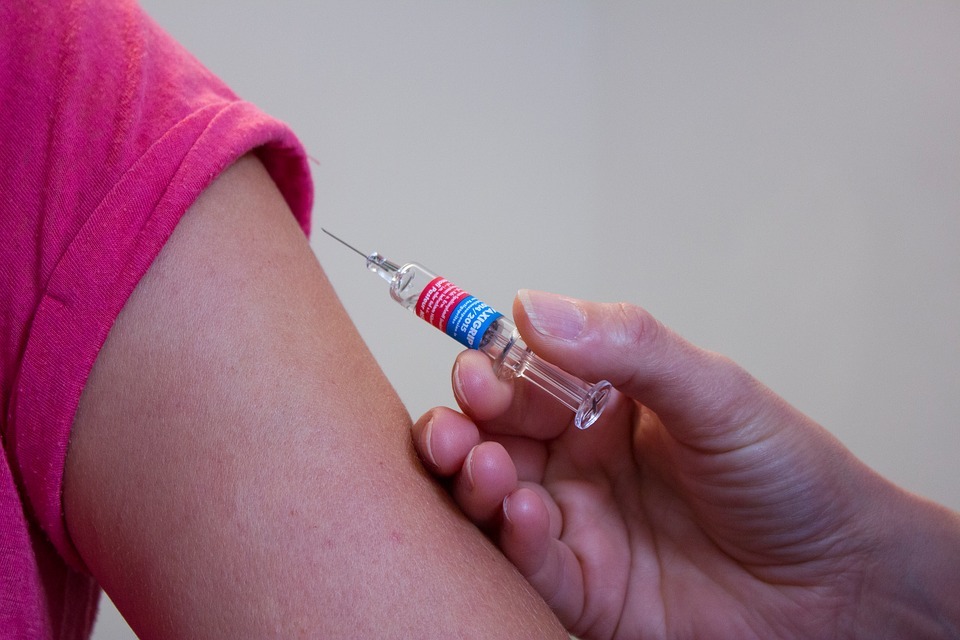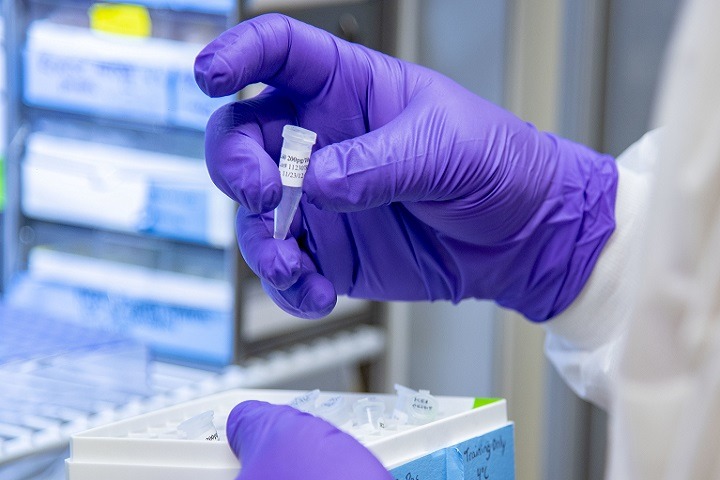
Human papillomavirus (HPV) vaccination could eliminate cervical cancer according to a systematic study which included more than 60 million people across 14 high-income countries, including the UK.
Conducted by the World Health Organization (WHO), it found that the two types of HPV that most often cause cervical cancers – genital warts and precancerous cervical lesions – have all declined since the introduction of the vaccine.
Each study measured either changes in the number of new HPV infections, genital warts diagnoses or cases of abnormal cells associated with cervical cancer in countries before and after they adopted routine HPV vaccination in girls.
The new research, published in the Lancet medical journal, supports WHO’s goals to reduce the number of cervical cancer cases to no more than four per 100,000 population.
Pharma analyst James Mather at market intelligence firm Global Data said: “Research continues to demonstrate that population-wide impact of HPV vaccinations is significantly reducing the prevalence of HPV.
“The reduction in HPV infections in women will lead to a significant reduction in cervical cancer, over the next few decades.
“A measurable reduction in cancer rates will resonant with the public in developed countries, where vaccine hesitancy is causing a major public health emergency, more than the traditional benefits of vaccinations.”
What is HPV?
HPV is the name for a common group of viruses, the National Cancer Institute says there are more than 100 types of HPV responsible for nearly all cervical cancer, over 90% of anal cancer, 70% of oral, and throat and neck cancers.
Most cervical cancers are caused by infection from a high-risk HPV and though HPV is primarily transmitted through sexual contact, non-sexual transmission occurs as well.
In the UK, girls aged 12 to 13 are offered the first dose of the vaccine at school, with a second dose six to 12 months later.
Boys aged 12 to 13 will be offered the vaccine from September this year.

Professor Marc Brisson, a specialist in infectious disease health economics at Canada’s Laval University who co-led the study, said the results suggested “we should be seeing substantial reductions in cervical cancer in the next ten years”.
He said: “We’re working with the WHO, using mathematical modelling to determine when elimination would occur.
“We don’t have a precise date. High vaccine coverage has to be maintained. It depends on the country and how much coverage and screening there is, and how many cohorts have been vaccinated.”
How can the study results tackle vaccine hesitancy?
Defined as the reluctance or refusal to vaccinate despite availability of vaccination services, Mr Marthur said the benefits that are beginning to become apparent, could be the “spearhead that public health bodies require to combat vaccine hesitancy”.
Despite overwhelming scientific evidence that vaccination is the best defence against deadly and debilitating infections, such as measles, vaccine hesitancy has been identified by WHO as a top ten threat to global health in 2019.
WHO said vaccination currently prevents up to three million deaths a year, and a further 1.5 million could be avoided if global coverage of vaccinations improved.
The research team gathered data on 60 million people over eight years and discovered that the two HPV types that cause 70% of cervical cancers – known as HPV 16 and HPV 18 – were significantly reduced after vaccination.
There was an 83% decline in infections in girls aged 13 to 19 and 66% drop in women aged 20 to 24 after five to eight years of vaccination.
Because it can take many years for an HPV infection to progress to cancer, the study was the first to measure precancerous lesions.
In addition, it also found vaccination not only reduces rates of HPV infection and the presence of precancerous cells in the cervix in people who receive the vaccine, it also reduces rates of HPV-related diseases in people who were not vaccinated.
Mr Mather said: “HPV vaccinations were the most recent addition to routine immunisation programmes throughout most of the world.
“Since the purpose of the vaccine is to primarily reduce the incidence of cervical cancer, by preventing HPV infections, the benefits that are beginning to become apparent could be the spearhead that public health bodies require to combat vaccine hesitancy.
“Governments and public health bodies should use the unique example of HPV vaccinations to educate the general public that other vaccines, such as MMR, have prevented millions of deaths.
“These vaccines remain vital to prevent the reemergence of deadly diseases, which have been eradicated across North America and much of Europe for decades.”






